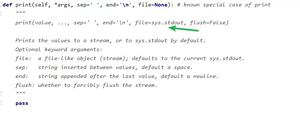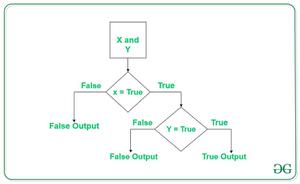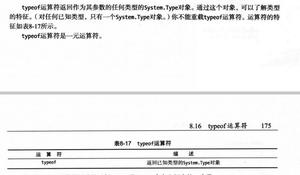详解Python中的元组与逻辑运算符
Python元组
元组是另一个数据类型,类似于List(列表)。
元组用"()"标识。内部元素用逗号隔开。但是元素不能二次赋值,相当于只读列表。
#!/usr/bin/python
# -*- coding: UTF-8 -*-
tuple = ( 'abcd', 786 , 2.23, 'john', 70.2 )
tinytuple = (123, 'john')
print tuple # 输出完整元组
print tuple[0] # 输出元组的第一个元素
print tuple[1:3] # 输出第二个至第三个的元素
print tuple[2:] # 输出从第三个开始至列表末尾的所有元素
print tinytuple * 2 # 输出元组两次
print tuple + tinytuple # 打印组合的元组
以上实例输出结果:
('abcd', 786, 2.23, 'john', 70.2)
abcd
(786, 2.23)
(2.23, 'john', 70.2)
(123, 'john', 123, 'john')
('abcd', 786, 2.23, 'john', 70.2, 123, 'john')
以下是元组无效的,因为元组是不允许更新的。而列表是允许更新的:
#!/usr/bin/python
# -*- coding: UTF-8 -*-
tuple = ( 'abcd', 786 , 2.23, 'john', 70.2 )
list = [ 'abcd', 786 , 2.23, 'john', 70.2 ]
tuple[2] = 1000 # 元组中是非法应用
list[2] = 1000 # 列表中是合法应用
Python逻辑运算符
Python语言支持逻辑运算符,以下假设变量a为10,变量b为20:
以下实例演示了Python所有逻辑运算符的操作:
#!/usr/bin/python
a = 10
b = 20
c = 0
if ( a and b ):
print "Line 1 - a and b are true"
else:
print "Line 1 - Either a is not true or b is not true"
if ( a or b ):
print "Line 2 - Either a is true or b is true or both are true"
else:
print "Line 2 - Neither a is true nor b is true"
a = 0
if ( a and b ):
print "Line 3 - a and b are true"
else:
print "Line 3 - Either a is not true or b is not true"
if ( a or b ):
print "Line 4 - Either a is true or b is true or both are true"
else:
print "Line 4 - Neither a is true nor b is true"
if not( a and b ):
print "Line 5 - Either a is not true or b is not true or both are not true"
else:
print "Line 5 - a and b are true"
以上实例输出结果:
Line 1 - a and b are true
Line 2 - Either a is true or b is true or both are true
Line 3 - Either a is not true or b is not true
Line 4 - Either a is true or b is true or both are true
Line 5 - Either a is not true or b is not true or both are not true
以上是 详解Python中的元组与逻辑运算符 的全部内容, 来源链接: utcz.com/z/315037.html





